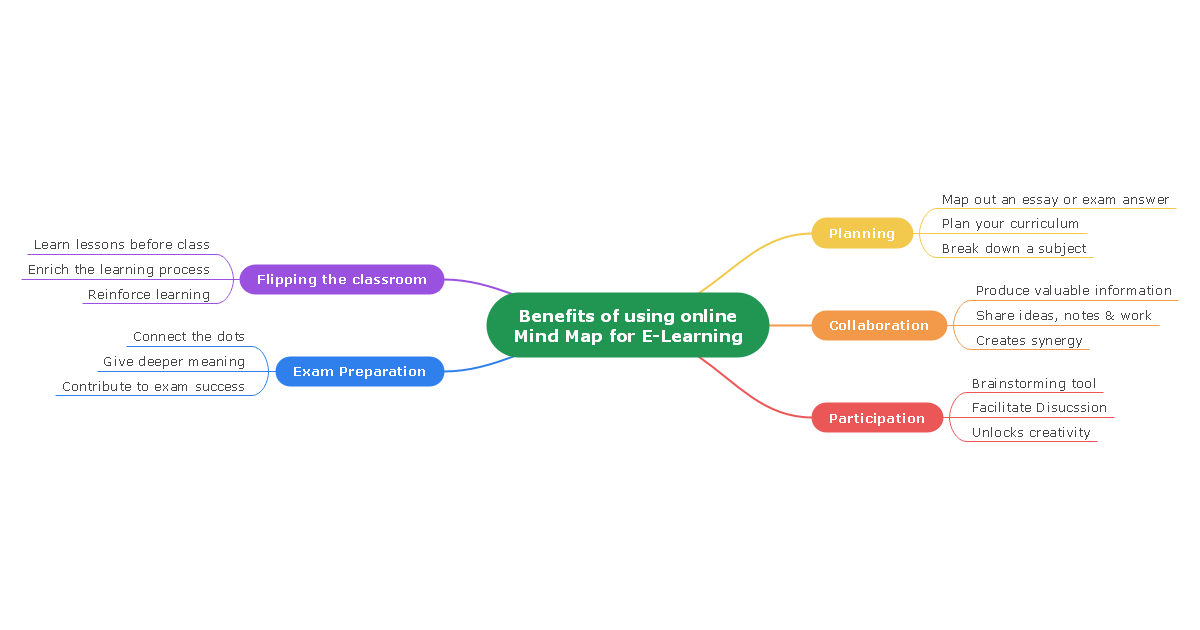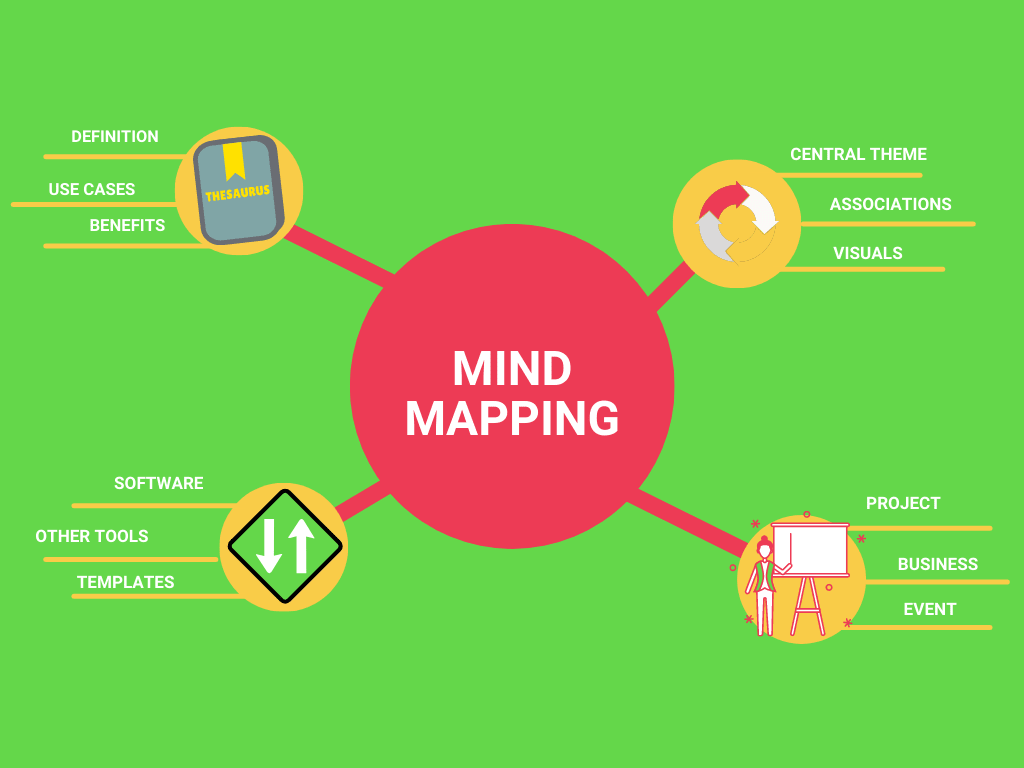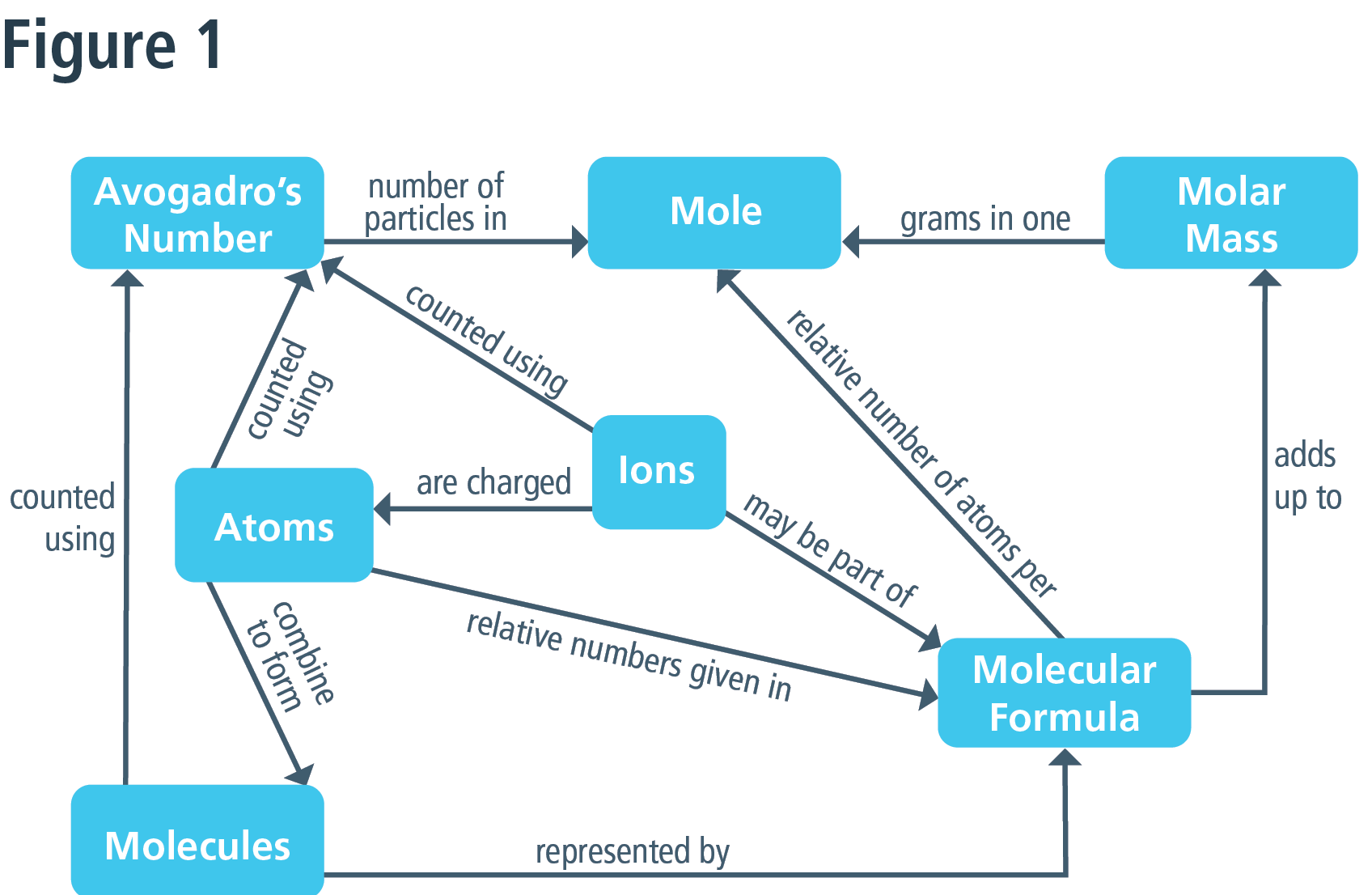Concept mapping is a powerful educational technique that helps students visualize relationships between concepts, enhancing their understanding and retention. This article explores the top concept mapping techniques for effective teaching methods. We will delve into the benefits of using concept mapping in education, review popular tools and software, and provide guidelines on creating effective concept maps. Additionally, we will discuss how to incorporate concept mapping into lesson planning and classroom activities, assess student understanding, and share case studies of successful implementations. Teachers will also find valuable tips and best practices for maximizing the impact of concept maps in their teaching strategies.
Let’s examine this topic closely with electrapk.com
1. Introduction to Concept Mapping
Concept mapping is an educational tool that enables learners to organize and represent knowledge visually. It involves creating diagrams that display concepts and their interconnections, making it easier for students to understand and retain information. Originating from the work of Joseph D. Novak in the 1970s, concept maps are based on the theories of learning proposed by David Ausubel, which emphasize the importance of prior knowledge in understanding new information. By visually structuring information, concept maps facilitate meaningful learning and encourage critical thinking. They help students identify relationships between concepts, integrate new knowledge with existing knowledge, and enhance problem-solving skills. Concept mapping is versatile, applicable across various subjects and educational levels, making it a valuable tool for both teachers and students. Whether used for brainstorming, lesson planning, or assessing student understanding, concept maps are a proven method for improving educational outcomes and fostering a deeper understanding of the material.
2. Benefits of Using Concept Mapping in Education
Concept mapping offers numerous benefits in the educational landscape, making it a favored technique among educators. One significant advantage is its ability to enhance understanding by allowing students to visualize relationships between different concepts. This visual representation aids in the retention and recall of information, making learning more effective. Concept mapping also promotes critical thinking and problem-solving skills as students learn to organize and structure their thoughts coherently.
Additionally, concept maps serve as an excellent tool for collaborative learning. Students can work together to create maps, encouraging communication and teamwork. For teachers, concept maps are valuable in assessing student comprehension. By reviewing the maps created by students, educators can identify gaps in understanding and provide targeted support.
Moreover, concept mapping is adaptable to various subjects and educational levels, providing flexibility in teaching methods. Whether used for planning lessons, conducting classroom activities, or evaluating student progress, concept mapping is a versatile and powerful tool in the educational process.

3. Popular Concept Mapping Tools and Software
Numerous tools and software are available to facilitate the creation of concept maps, each offering unique features to cater to different educational needs. One widely used tool is CmapTools, developed by the Institute for Human and Machine Cognition (IHMC). It allows users to create, share, and collaborate on concept maps easily, making it ideal for both classroom and remote learning environments.
Another popular option is MindMeister, a web-based application that supports real-time collaboration and integrates with various productivity tools. Its intuitive interface makes it accessible for users of all ages. Inspiration Software, known for its robust diagramming capabilities, also offers a dedicated concept mapping tool that supports visual learning and critical thinking.
For those seeking more advanced features, Lucidchart provides extensive customization options and integration with platforms like Google Drive and Microsoft Office. XMind, another powerful tool, is favored for its versatility and ease of use. These tools collectively enhance the concept mapping experience, making it easier for educators and students to visualize and organize information effectively.

4. How to Create Effective Concept Maps

Creating effective concept maps involves several key steps to ensure they accurately represent the relationships between concepts and enhance learning. Begin by identifying the main topic or central idea that the map will focus on. This central concept should be clearly defined and placed prominently on the map.
Next, brainstorm and list all related subtopics and ideas that connect to the central concept. Arrange these subtopics around the central idea, using lines or arrows to illustrate the relationships between them. It’s important to label each connection with descriptive words or phrases that explain the nature of the relationship, making the map more informative.
To further enhance clarity, use different colors, shapes, and sizes to distinguish between various types of information and levels of importance. This visual differentiation helps in quickly identifying key concepts and their connections. Incorporating images or icons can also make the map more engaging and easier to understand.
Review and refine the map to ensure all relevant concepts are included and the connections are logical and accurate. Encourage students to revise their maps as they learn more, making the concept map a dynamic tool that evolves with their understanding.
Finally, share and discuss the concept maps with peers or teachers to gain feedback and insights. This collaborative process not only improves the map but also deepens the learner’s comprehension and critical thinking skills.
5. Concept Mapping for Lesson Planning

Concept mapping is a powerful tool for lesson planning, helping educators organize and present their material in a coherent and structured manner. Start by defining the learning objectives for the lesson, ensuring that they are clear and achievable. Place these objectives at the center of the concept map to serve as the focal point.
Next, identify the key concepts and subtopics that need to be covered to achieve the learning objectives. Arrange these around the central objectives, establishing logical connections between them. This structure helps in visualizing the flow of the lesson and ensures that all necessary content is included.
Using concept maps for lesson planning also allows teachers to identify potential gaps or areas that require further emphasis. By clearly outlining the relationships between different concepts, educators can create a more integrated and comprehensive lesson plan.
Additionally, concept maps can serve as a guide during the actual teaching process, providing a visual roadmap for both the teacher and the students. This visual aid helps in maintaining focus and ensures that the lesson progresses logically from one topic to the next.
Incorporating concept mapping in lesson planning not only enhances the organization and delivery of the material but also improves student engagement and understanding by presenting information in a visually appealing and easily digestible format.
6. Incorporating Concept Maps in Classroom Activities
Incorporating concept maps into classroom activities can significantly enhance student engagement and comprehension. One effective approach is to use concept maps as a collaborative activity. Divide students into small groups and assign each group a central topic related to the lesson. Have them create a concept map together, identifying key concepts and relationships. This collaborative process fosters teamwork and allows students to discuss and negotiate their understanding of the material.
Another strategy is to use concept maps as a tool for active learning. For example, start a lesson with a concept map of a new topic and have students add to it as they learn more throughout the class. This iterative approach helps students visualize their growing understanding and see how new information connects to what they already know.
Concept maps can also be used as a formative assessment tool. Ask students to create a concept map at the end of a lesson to demonstrate their understanding of the material. Reviewing these maps allows teachers to gauge student comprehension and identify areas that may need furt
7. Assessing Student Understanding with Concept Maps
Assessing student understanding with concept maps is an effective method to gauge comprehension and identify learning gaps. After introducing a new topic, ask students to create their own concept maps, focusing on the key concepts and relationships they have learned. These maps provide a visual representation of their understanding and highlight how well they can connect different ideas.
Reviewing the concept maps allows teachers to evaluate students’ grasp of the material, checking for accuracy in the relationships depicted and the completeness of the concepts included. Look for clear connections between main ideas and subtopics, and assess if students have captured essential details.
Using concept maps as a formative assessment tool also offers insights into individual and group learning progress. By analyzing the maps, teachers can identify common misconceptions and areas where further instruction may be needed. This approach not only aids in assessing understanding but also guides targeted feedback and instructional adjustments to support student learning effectively.
8. Case Studies: Successful Implementation of Concept Mapping
Case studies highlighting the successful implementation of concept mapping in educational settings demonstrate its effectiveness in enhancing learning outcomes. In one instance, a high school biology teacher integrated concept mapping into her curriculum to help students understand complex ecological systems. By having students create maps that illustrated the interactions between various organisms and their environments, she observed improved comprehension and retention of the material. The visual nature of the maps enabled students to better grasp the interconnectedness of ecological concepts.
Another case study involved a college-level history class where concept mapping was used for organizing and synthesizing information from multiple sources. Students were tasked with mapping out historical events and their causes, leading to deeper insights into the cause-and-effect relationships throughout history. The process also encouraged critical thinking and analysis, as students had to evaluate the significance of each event and its impact on subsequent developments.
These examples illustrate how concept mapping can be effectively utilized across different subjects and educational levels. By providing a visual and interactive way to engage with content, concept mapping enhances students’ understanding, fosters critical thinking, and improves academic performance.
9. Tips and Best Practices for Teachers Using Concept Maps
To maximize the effectiveness of concept maps in the classroom, teachers should consider several best practices. First, clearly define the purpose of the concept map before introducing it to students. Whether for brainstorming, organizing information, or assessing understanding, having a clear objective will guide its creation and use.
Encourage students to start with a central concept and build outwards, using branching to connect related ideas. This structure helps in organizing thoughts and visually representing the relationships between concepts. Provide examples and model the process to demonstrate how to create an effective concept map, especially for younger students or those unfamiliar with the technique.
Incorporate concept maps regularly into various activities to reinforce their use and benefits. Use them not only for lesson planning and student projects but also for formative assessments. Offer feedback on the maps to help students refine their understanding and improve their mapping skills.
Finally, be flexible and adaptable with concept maps. Allow students to use different tools and styles, and encourage creativity in how they represent information. This flexibility will cater to diverse learning styles and enhance overall engagement and comprehension.
Concept mapping is a versatile and powerful tool that enhances teaching and learning by visually organizing and connecting concepts. By incorporating concept maps into lesson planning, classroom activities, and assessments, educators can improve student understanding and engagement. Successful case studies highlight its effectiveness across various subjects and educational levels. Embracing best practices and utilizing concept mapping tools can transform the learning experience, making complex information more accessible and fostering deeper comprehension and critical thinking.
electrapk.com
electrapk.com
